Bell Pepper mini red imported
₹160.00 ₹120.00
Description
Peppers are a tender, warm-season crop. They resist most pests and offer something for everyone: spicy, sweet or hot, and a variety of colors, shapes and sizes. For this page, we will focus on sweet bell peppers.
Common name: ornamental pepper, Bell pepper
Height: 30-45 cm
Difficulty level: Easy
Planting & Care
Sunlight: Full Sun
Soil: Loamy with neutral pH
Water: When watering your plants, you want to keep a consistent moistness to the soil, but do not allow it to get soggy during the growing season. If the plants do not get enough water, the bell peppers will have a bitter taste. If you use a black plastic mulch, you will need to water the plants more frequently.
Temprature: 18°C and 35°C.
Fertilizer: To improve the quality of your peppers, place a small amount of fertilizer around each plant early in the growing season. Place the fertilizer about 4 inches from the stem and add water to work it into the soil.
Harvesting: Harvest as soon as peppers reach desired size. The longer bell peppers stay on the plant, the more sweet they become and the greater their Vitamin C content. Use a sharp knife or scissors to cut peppers clean off the plant for the least damage. Peppers can be refrigerated in plastic bags for up to 10 days after harvesting. Bell peppers can be dried, and we would recommend a conventional oven for the task. Wash, core, and seed the peppers. Cut into one-half-inch strips. Steam for about ten minutes, then spread on a baking sheet. Dry in the oven at 140 degrees F (or the lowest possible temperature) until brittle, stirring occasionally and switching tray positions. When the peppers are cool, put them in bags or storage containers.
Care:
- Soil should be well-drained, but maintain adequate moisture either with mulch or plastic covering.
- Water one to two inches per week, but remember peppers are extremely heat sensitive.
- If you live in a warm or desert climate, watering everyday may be necessary.
- Fertilize after the first fruit set.
- Weed carefully around plants.
- If necessary, support plants with cages or stakes to prevent bending.
- Try commercially available cone-shaped wire tomato cages.
- They may not be ideal for tomatoes, but they are just the thing for peppers.
- For larger fruit, spray the plants with a solution of one tablespoon of Epsom salts in a gallon of water, once when it begins to bloom, and once ten days later.
Special Feature:
For maximum flavour, eat peppers on the same day they are picked. You can also leave them on a kitchen counter for a day or two to ripen further. Do not place peppers in the crisper drawer or in plastic wrap or bags in the refrigerator. Peppers are warm-weather fruits and do not store well in cold temperatures. If you have too many peppers, consider the following storage options.
Use
Only logged in customers who have purchased this product may leave a review.

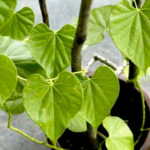
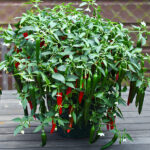
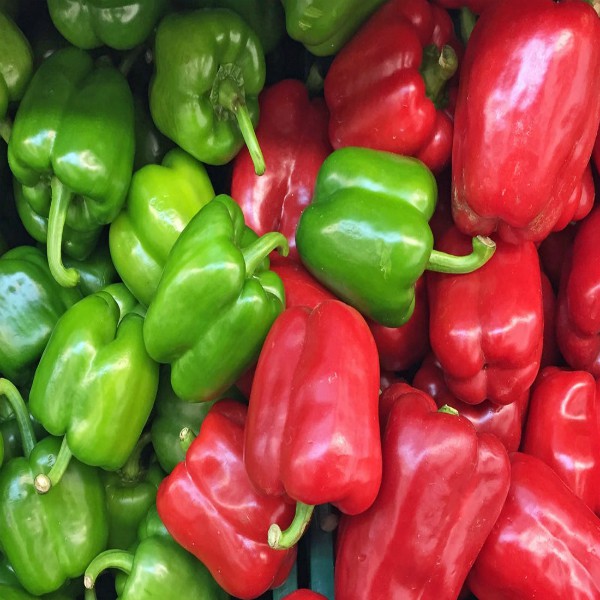
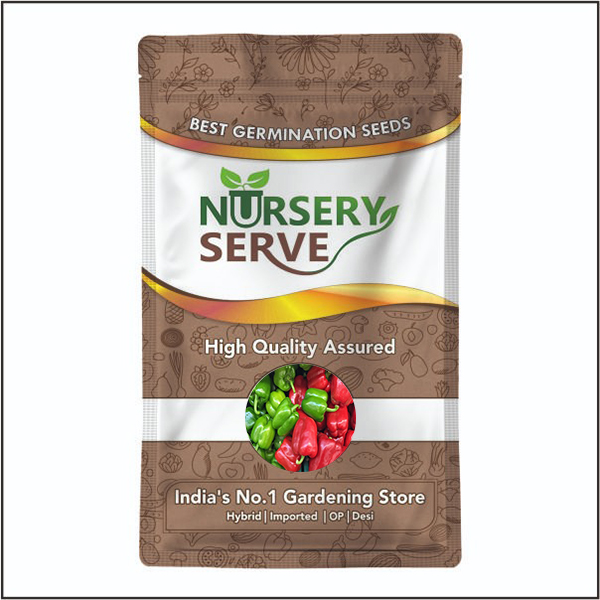
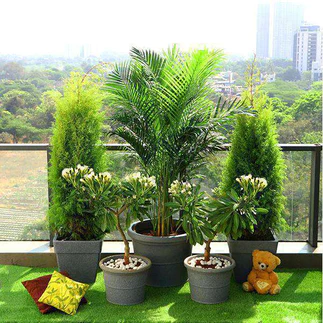
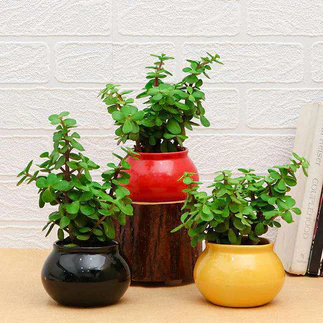
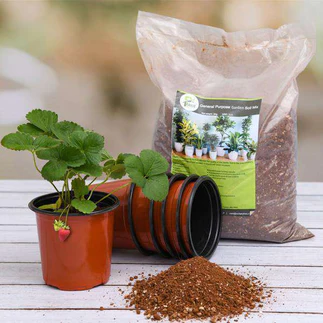
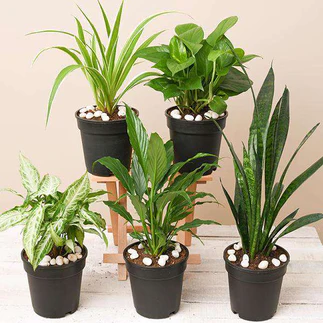
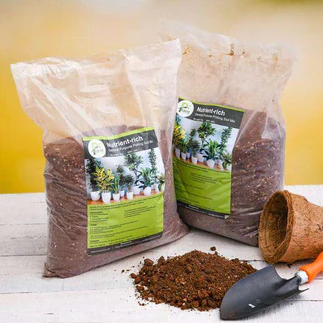
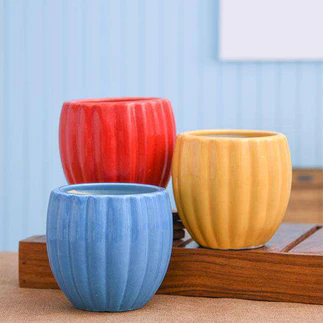
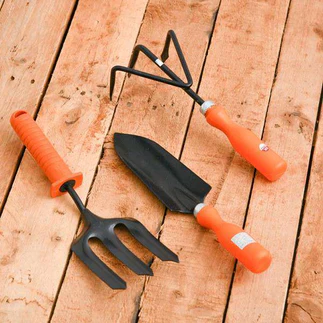
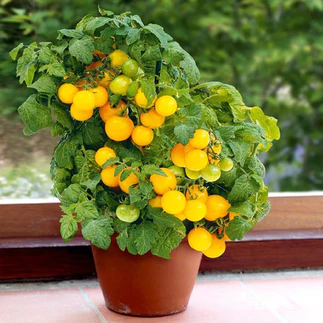
Reviews
There are no reviews yet.